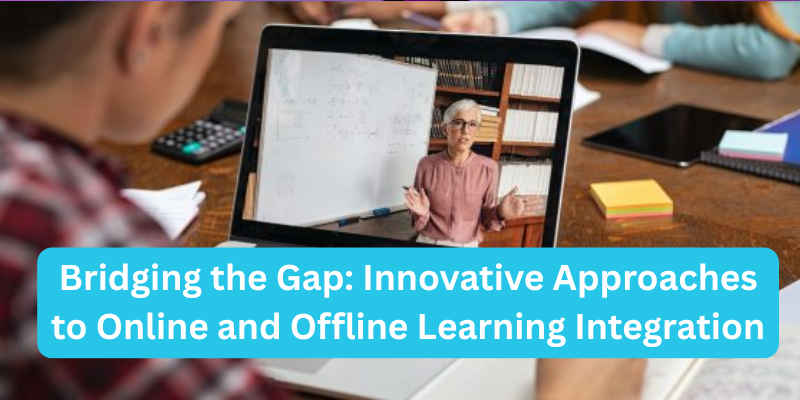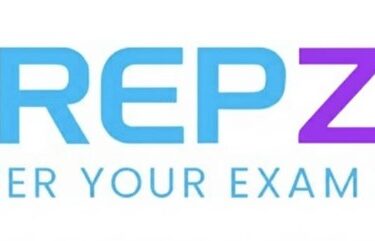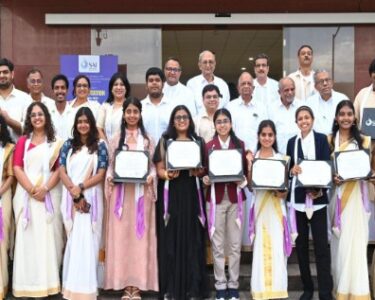The education landscape has undergone a radical transformation in recent years. By 2025, the line between online and offline learning is no longer clearly defined—it’s deliberately blurred. This shift reflects a broader movement toward hybrid learning, a model that integrates the strengths of both physical and digital education to create richer, more flexible, and more personalized learning experiences.
Whether in a K–12 classroom, university lecture hall, or corporate training session, learners today expect education to be dynamic, accessible, and adaptable. But how do educators and institutions strike the right balance between screens and face-to-face interaction? How can they ensure continuity, quality, and engagement across learning environments?
In this article, we explore innovative approaches to bridging the gap between online and offline learning, with a focus on practical strategies, emerging technologies, and the changing expectations of 21st-century learners.
1. Understanding Hybrid Learning in 2025
Hybrid learning—also referred to as blended learning—is an educational approach that combines digital instruction with traditional in-person classroom activities. It is not merely about transferring content online; it’s about creating a cohesive, flexible experience that leverages the strengths of both environments.
In 2025, hybrid learning has matured into a mainstream model rather than an emergency solution. Educators use it to accommodate diverse learning styles, extend access, and make better use of both human and technological resources.
The core idea is simple: learning doesn’t have to be tied to a place or a time. Instead, it follows the learner.
2. Synchronous and Asynchronous Integration
A key feature of modern hybrid learning is the thoughtful combination of synchronous (real-time) and asynchronous (self-paced) learning activities.
Synchronous elements—such as live video lessons, group discussions, or scheduled labs—provide structure and real-time interaction. Meanwhile, asynchronous materials—like recorded lectures, digital readings, and discussion forums—allow students to review and reflect at their own pace.
The best hybrid programs in 2025 weave these modalities together to form a seamless experience. Students may attend a live science class on Monday, review a recorded experiment on Tuesday, complete a digital quiz on Wednesday, and participate in an in-person lab on Friday.
3. Flipped Classrooms: Reimagining Instruction
The flipped classroom model has gained traction as a cornerstone of hybrid education. In this approach, students first engage with new material online—often through videos, slides, or interactive modules—before applying what they’ve learned during in-person sessions.
This reverses the traditional “lecture at school, homework at home” model and allows classroom time to focus on collaboration, problem-solving, and deeper discussion.
By using digital platforms for initial content delivery, teachers can use their classroom hours more effectively, facilitating real-time guidance, peer interaction, and hands-on activities.
4. Adaptive Technology and Learning Platforms
The integration of intelligent learning platforms is central to bridging online and offline education. These platforms use AI to assess student performance, recommend resources, and adapt content difficulty in real-time.
Whether it’s a math app that identifies struggling concepts or a language tool that adjusts pronunciation practice based on user input, adaptive technology personalizes the digital portion of hybrid learning.
In physical classrooms, teachers use data dashboards to track individual and group progress, allowing them to tailor offline instruction based on real-time analytics. This data-driven insight bridges the feedback gap between online and face-to-face learning.
5. Collaborative Tools that Blend Digital and Physical Spaces
Modern education isn’t just about consuming content—it’s about creating, sharing, and collaborating. Tools like Google Workspace, Microsoft Teams, Padlet, Miro, and Kahoot! have become essential in hybrid classrooms.
These platforms allow students to work on group projects, brainstorm ideas, take real-time polls, and interact with peers—regardless of whether they’re in the room or on a screen.
Collaboration tools also support continuity between sessions. A group might begin a project online, continue their research offline in a library, meet in-person to finalize a presentation, and upload their final work to a shared platform.
6. Reimagining the Physical Classroom
In a hybrid model, the role of the physical classroom evolves from being the center of learning to a space for interaction and experience. Schools and universities are redesigning classrooms to support mobility, flexibility, and technology integration.
Desks are movable. Walls double as whiteboards. Screens display live feeds from virtual students. Classrooms are increasingly equipped with high-speed internet, projection systems, cameras, and microphones to support hybrid instruction in real time.
The classroom becomes a hub for collaboration and application—not just instruction.
7. Enhancing Engagement and Motivation
One of the major concerns with hybrid learning is keeping students engaged across modalities. Gamification, project-based learning, and immersive media are being used to maintain motivation and participation.
For example, a history lesson might combine an offline museum visit with an online virtual tour of an ancient city. A science unit might include home experiments followed by a classroom discussion and a digital simulation.
Educators are also using badges, points, and leaderboards to turn learning into an interactive experience, increasing both accountability and excitement.
8. Training and Support for Educators
Effective integration of online and offline learning requires educators to be comfortable with both formats. In 2025, professional development is a top priority, with institutions offering continuous training in digital tools, instructional design, and hybrid pedagogy.
Teachers are learning how to curate online resources, manage blended classrooms, and assess hybrid assignments. Mentorship programs, communities of practice, and certification courses help educators grow and adapt in a tech-enhanced teaching environment.
When teachers are empowered, students benefit from more engaging and effective learning.
9. Equity and Accessibility Considerations
Hybrid learning offers tremendous flexibility, but it also highlights disparities in access. Not every student has a stable internet connection, a quiet space to learn, or the devices needed to participate fully.
In 2025, closing the digital divide remains a critical focus. Schools are investing in loaner devices, mobile hotspots, and community partnerships to support learners at home. Offline alternatives—like printable packets or radio-based lessons—are also available for areas with limited connectivity.
Inclusive design ensures that online and offline materials accommodate students with disabilities, language barriers, and different learning needs.
10. Conclusion: Education Without Boundaries
The future of education is not about choosing between online or offline—it’s about integrating both to create a more inclusive, flexible, and effective learning ecosystem. In 2025, hybrid models are helping learners thrive in ways that were unimaginable a decade ago.
By embracing innovative approaches, investing in infrastructure, and centering the learner experience, educators are not just bridging a gap—they’re building a new foundation for lifelong learning.
11. Most Asked Questions About Online and Offline Learning Integration
Q1.What is the main benefit of hybrid learning?
Answer: Hybrid learning offers flexibility, personalization, and accessibility. It allows students to learn at their own pace while still benefiting from in-person interaction, feedback, and community.
Q2. How do teachers manage both online and offline instruction?
Answer: Educators use planning tools, learning management systems (LMS), and real-time analytics to design balanced hybrid lesson plans. Professional development and team collaboration are essential.
Q3. Is hybrid learning effective for all age groups?
Yes, with age-appropriate methods. Younger students may need more structure and offline activities, while older learners thrive with self-directed digital tasks and collaborative online work.
Q4. What technology is needed for successful integration?
Answer: Key tools include a reliable LMS, video conferencing software, collaboration platforms, content authoring tools, and adaptive learning systems. Classroom tech (cameras, mics, displays) also supports hybrid delivery.
Q5. How can schools ensure equity in hybrid learning?
Answer: By addressing device and connectivity gaps, designing inclusive content, offering flexible assessment options, and providing alternative learning formats for underserved communities.





